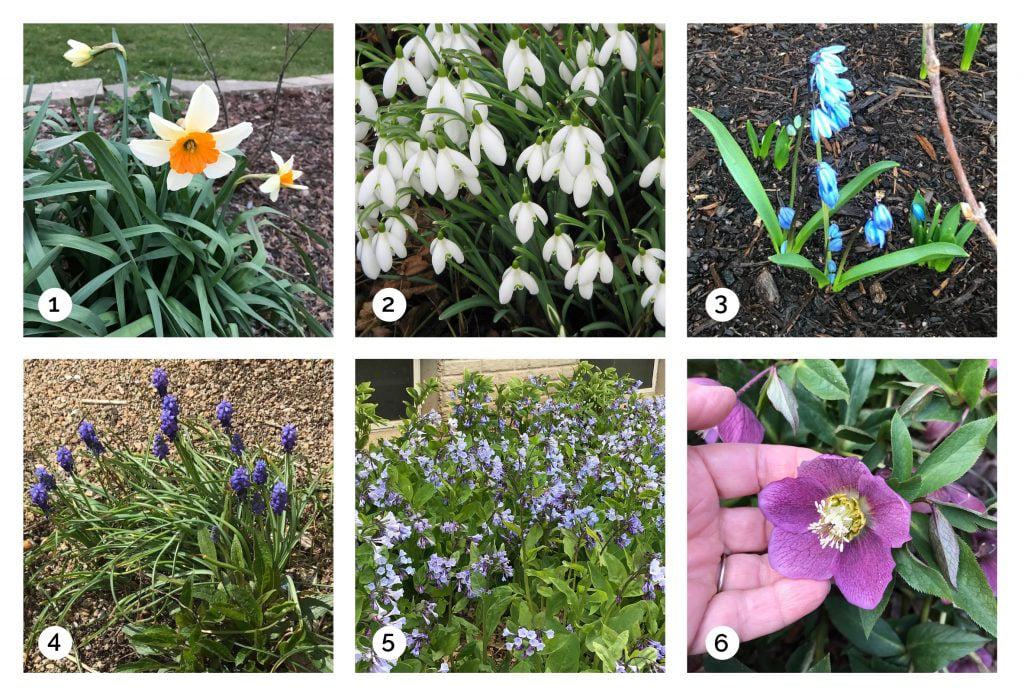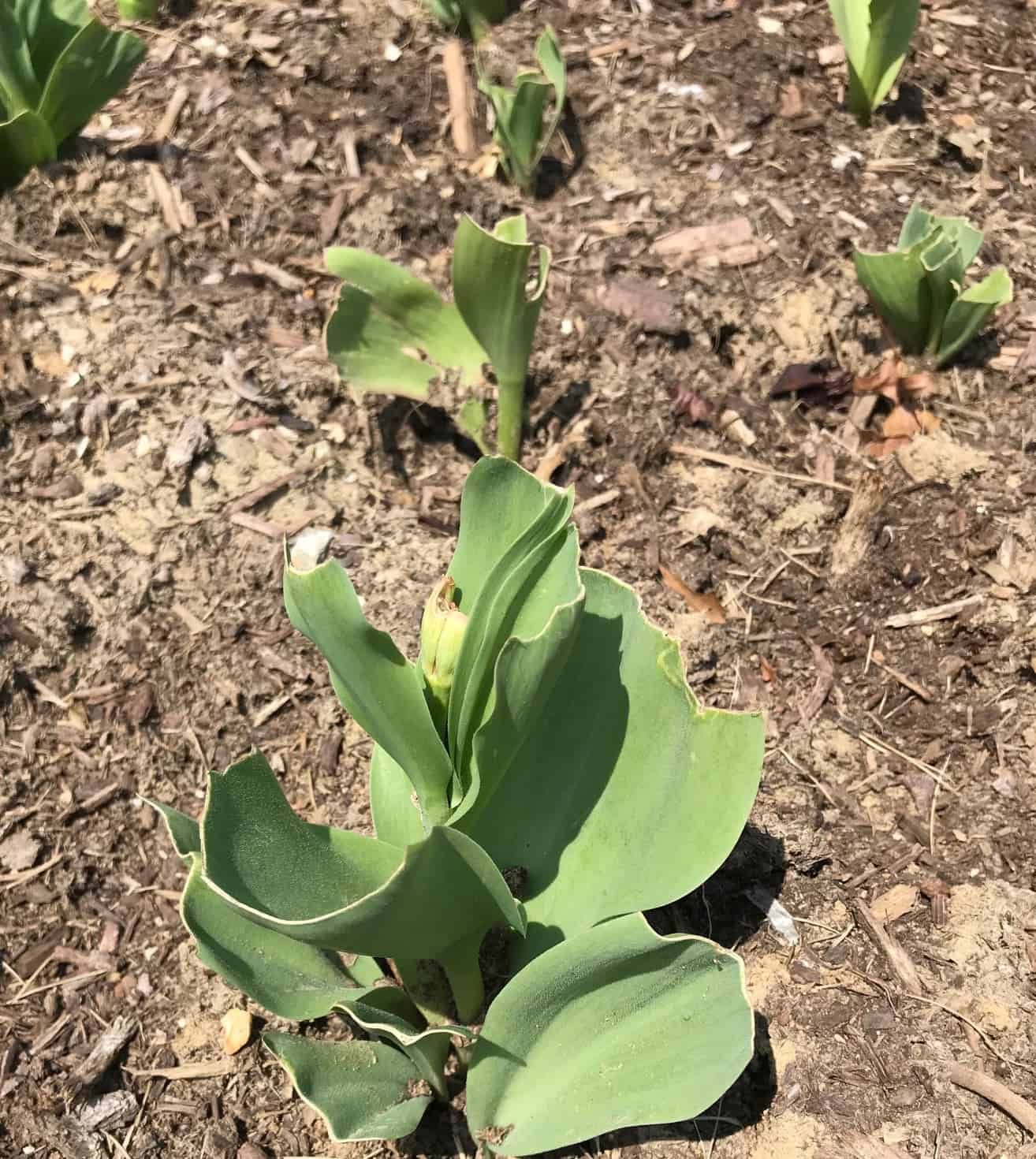Although deer are beautiful creatures, most of us would prefer they dine somewhere other than our gardens. Many St. Louis neighborhoods are seeing increases in deer populations, much to the dismay of home gardeners and property owners. There’s nothing worse than watching your early plants emerge in the springtime only to be eaten to the ground. Some of deer’s favorite garden snacks include hostas, tulips, pansies, and rose buds.
While it’s true that if food is scarce enough, deer will eat almost anything, there are a number of plant varieties that they don’t care for. By planting these naturally deer-proof and deer-resistant varieties among the other plants in your garden, you can decrease the odds of your new spring garden becoming Bambi’s next meal.

Deer Proof Bulbs
While nothing is 100% deer-proof, two varieties that deer almost never eat are daffodils (Narcissus) and snowdrops (Galanthus nivalis).
There are 13,000 daffodil varieties to choose from (pictured in image 1 is the Chromacolor variety). Daffodils bloom in March and April and are a mainstay of the St. Louis garden. They emit a substance that no mammal will eat, including deer. With so many kinds to choose from, they can be easily mixed and matched in a wide variety of sizes and colors. Some of the miniature varieties are fragrant and work well planted among hostas to discourage deer from grazing in those areas.
Native to Asia and Europe, snowdrops (image 2) bloom in late-February to early-March; they are a dainty, early spring white-flowered bloomer. They work well planted under deciduous trees such as oak, maple, or hickory trees.
Deer-Resistant Options for Spring
The following varieties aren’t as foolproof as daffodils, but deer are more likely to leave these plants alone:
- Siberian Squill (Scilla siberica) – a dainty blue-flowered bulb that, while not native to Missouri, does quite well in this area. When planted in mass, they bring a beautiful splash of early blue color to a landscape. Siberian squill thrives in full sun to part shade. (Image 3)
- Grape Hyacinth (Muscari armeniacum) – a slightly fragrant early-April bloomer that can be planted in full sun or shade. (Image 4)
- Virginia Bluebells (Mertensia virginica) – a native Missouri perennial that grows in moist wooded areas. Virginia bluebells prefer shady to fully shaded environments. (Image 5)
- Lenten Rose (Helleborus orientalis) – a late-winter blooming perennial ideally suited for shade. Lenten rose loves the winter morning sun; its blooms last for weeks. This plant comes in a variety of colors and has evergreen foliage if planted in an area protected from harsh winter winds. (Image 6)

As you can see, there are plenty of options for beautiful spring bloomers that deer tend to avoid. Choosing a few of these varieties can help your garden plants reach their full potential, rather than serving as a salad bar for your neighborhood deer herd. For more information on spring planting and other landscaping tips, be sure to follow Focal Pointe on Facebook.
